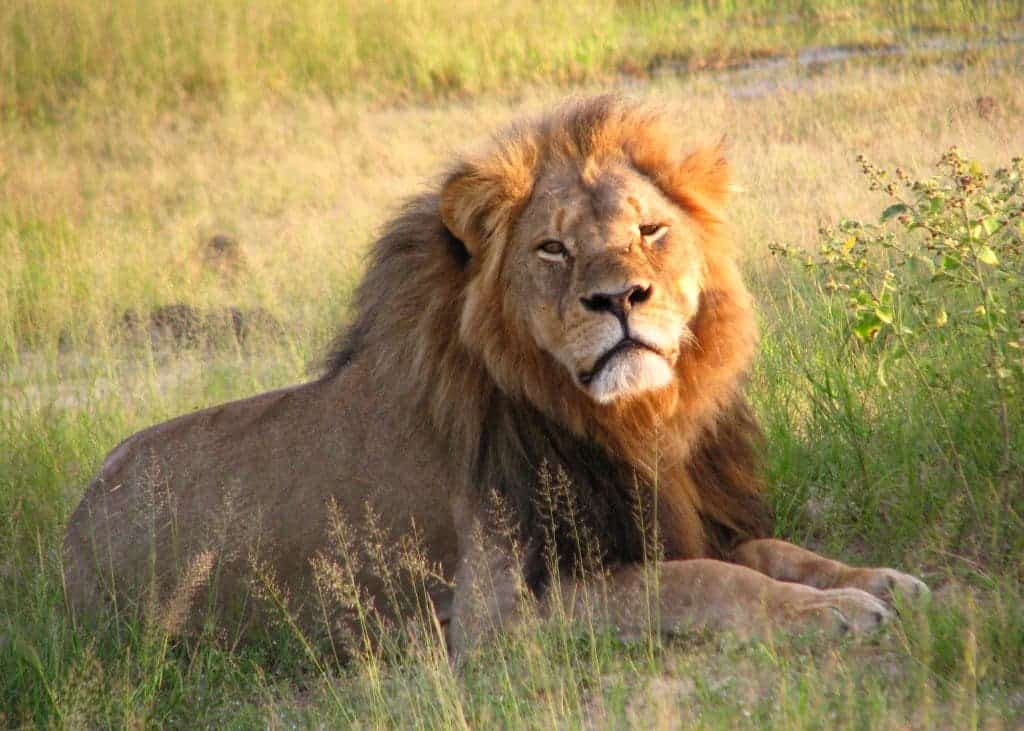Lions are listed under the Endangered Species Act, five months after a famous lion was lured away from a protected national park in Zimbabwe and killed by an American dentist. The decision announced by the Fish and Wildlife Service (FWS) is aimed to help with lion conversation as it will make it increasingly difficult for hunters to bring back trophies from Africa. While it doesn’t ban the import of trophies (which would’ve been ideal), the new ruling has been met with great enthusiasm by environmental groups around the world.

For more than a decade visitors at Zimbabwe’s Hwange National Park would be greeted by a lion like no other – a giant and majestic large cat called Cecil. Photogenic and very warm to people, Cecil stood out from the pack and in time became the star attraction of the park. “Cecil was the ultimate lion,” says Brent Stapelkamp, a field researcher with Oxford University’s Wildlife Conservation Research Unit (WildCRU), who knew Cecil perhaps better than anyone else.”He was everything that a lion represents to us as humans,” Stapelkamp says. “He was large, powerful, but regal at the same time.” Cecil had part of an ongoing research project with Oxford since 1999.
Cecil was the victim of a dreadful organized attack when one day local hunting guides illegally lured the lion away from the park. Minnesota dentist Walter Palmer shot the lion with a bow and arrow, but didn’t manage to kill Cecil immediately. The lion died after the group tracked him for 40 hours. Following news of the circumstances surrounding the famous lion, a scandal of international proportions erupted. The Zimbabwe government banned Walter Palmer, the American dentist who ordered the trophy hunt, from hunting in the country ever again. Palmer did, however, have a hunting permit to hunt lions in the area (of course, not by luring animals away from a national park), so he doesn’t face any charges, in the U.S. or Zimbabwe.
The recent FWS listing of lions under the Endangered Species Act will avert something similar to what Palmer did from ever happening again — not without serious legal repercussions at least. The new rule enforces a new legal process that requires American hunters to prove the lion trophies they bring back home are “legally obtained” from countries that have “a scientifically sound management program that benefits the subspecies in the wild,” according to the wildlife service. The strict criteria are in place for any imports of live lions and lion parts, like heads, paws or skins.
This might not seem like a lot, but right now this is about the best thing the U.S. can do (apart from outlawing all imports of lion trophies, like France did), given it can not interfere with the laws of other countries. We should see some improvements though, considering half of all lion hunting in Africa is made by Americans, according to the Guardian.
Over the past decade 5,600 lions have been killed and imported by American hunters. The total population of lions in Africa is currently estimated at about 34,000 animals, down by at least 50 percent from three decades ago. Previously, the FWS announced lions might become extinct by 2050.






